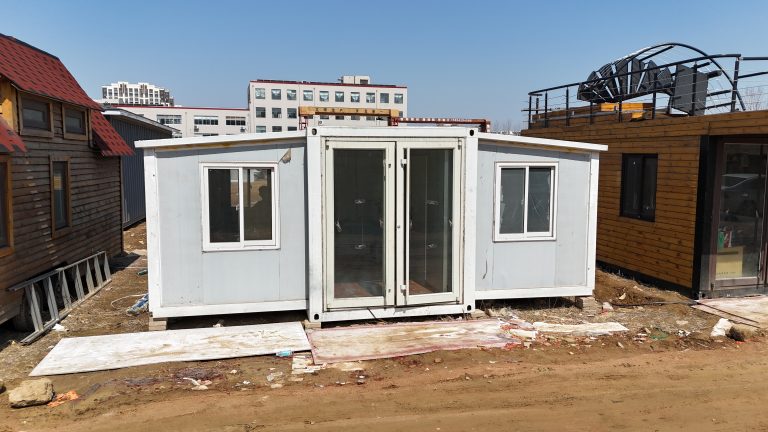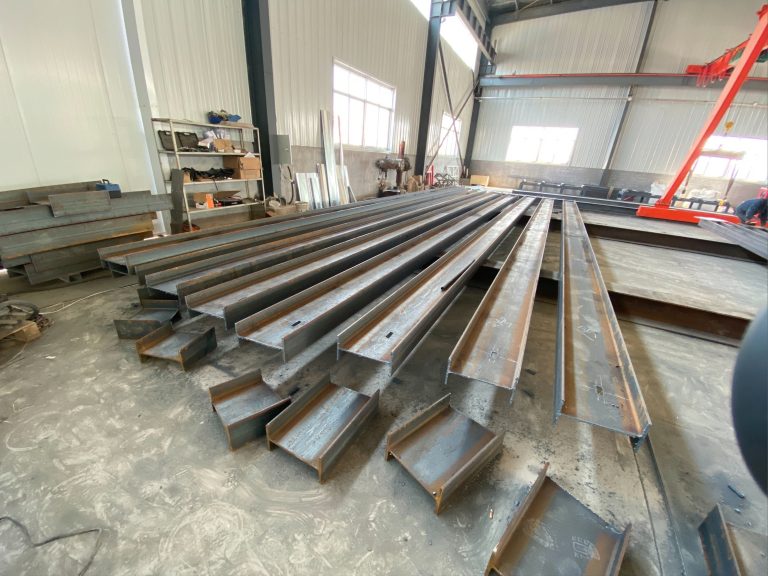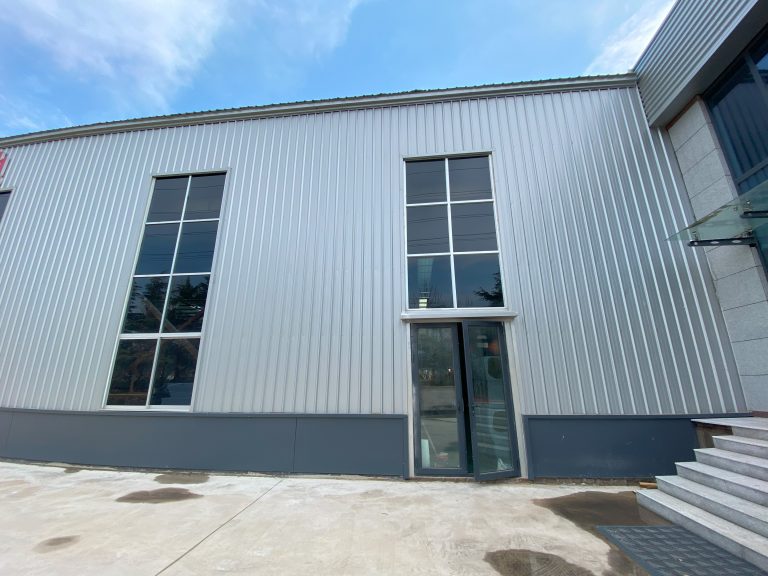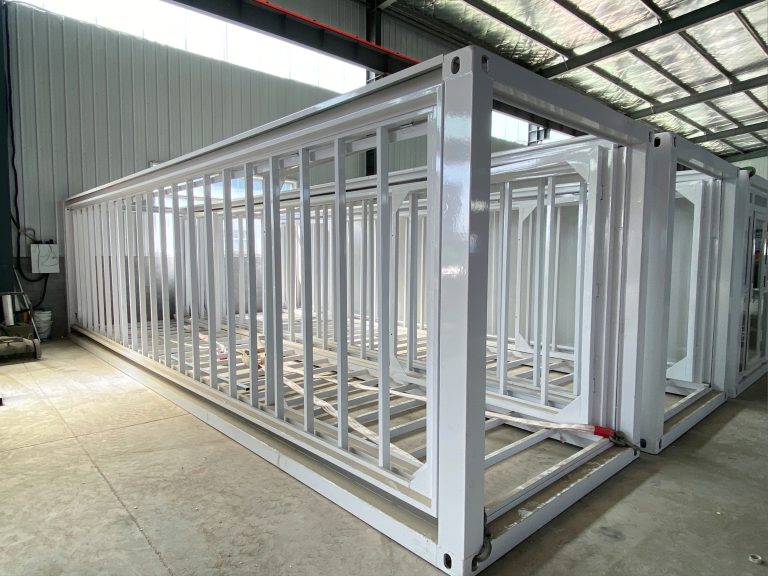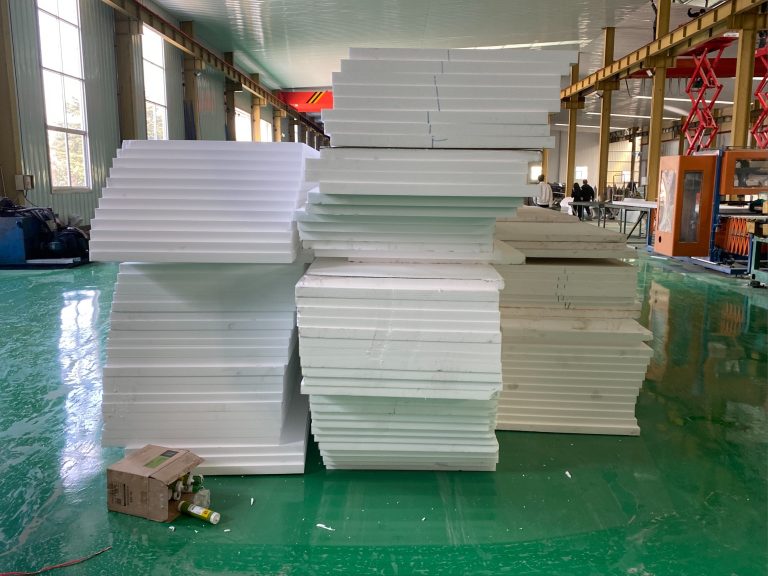Welding technology and quality control in steel structure construction.
Inhoudsopgave
Advancements in Welding Technology for Steel Structure Construction
Welding technology plays a crucial role in the construction of steel structures. As the demand for high-quality and durable buildings continues to rise, advancements in welding technology have become essential to ensure the structural integrity and safety of these structures. Quality control in welding is also of utmost importance to guarantee that the welds meet the required standards and specifications.
One of the key advancements in welding technology for steel structure construction is the use of robotic welding systems. These systems are capable of performing complex welds with high precision and consistency, resulting in stronger and more reliable welds. Robotic welding systems also offer increased efficiency and productivity, as they can work continuously without the need for breaks or rest periods.
Another important advancement in welding technology is the development of advanced welding techniques, such as laser welding and friction stir welding. These techniques allow for faster welding speeds and higher weld quality, making them ideal for use in the construction of steel structures. Laser welding, for example, uses a high-energy laser beam to melt and fuse the metal together, resulting in a strong and clean weld. Friction stir welding, on the other hand, uses a rotating tool to create friction and heat, which softens the metal and allows for the formation of a solid-state bond.
In addition to advancements in welding technology, quality control measures have also improved in recent years to ensure that welds meet the required standards and specifications. Non-destructive testing techniques, such as ultrasonic testing and radiographic testing, are commonly used to inspect welds for defects and discontinuities. These techniques allow for the detection of flaws that may not be visible to the naked eye, ensuring that the welds are of high quality and free from defects.
Furthermore, the use of automated welding inspection systems has become increasingly popular in the construction industry. These systems use advanced sensors and cameras to monitor the welding process in real-time, allowing for immediate feedback and adjustments to be made if any issues are detected. This helps to ensure that the welds are of consistent quality and meet the required specifications.
Overall, advancements in welding technology and quality control have greatly improved the construction of steel structures. These advancements have led to stronger and more durable buildings, as well as increased efficiency and productivity in the welding process. By utilizing robotic welding systems, advanced welding techniques, and automated inspection systems, construction companies can ensure that their steel structures are built to the highest standards of quality and safety.
Importance of Quality Control in Steel Structure Welding Processes
Welding technology plays a crucial role in the construction of steel structures. It is a process that involves joining two or more metal pieces together by heating them to a melting point and then allowing them to cool, creating a strong bond. In the construction industry, welding is used extensively to fabricate steel structures such as buildings, bridges, and industrial facilities. However, the quality of the welds is paramount to ensure the structural integrity and safety of the finished product.
Quality control in welding processes is essential to guarantee the strength and durability of steel structures. Poorly executed welds can lead to structural failures, which can have catastrophic consequences. Therefore, it is imperative that welding procedures are carried out with precision and accuracy to meet industry standards and regulations.
One of the key aspects of quality control in welding is the selection of the appropriate welding technology. There are various welding processes available, each with its own advantages and limitations. The choice of welding technology depends on factors such as the type of steel being used, the thickness of the material, and the desired strength of the weld. Common welding processes used in steel structure construction include shielded metal arc welding (SMAW), gas metal arc welding (GMAW), and flux-cored arc welding (FCAW).
Another important aspect of quality control in welding is the qualification of welders. Welding is a skilled trade that requires proper training and certification. Qualified welders have the knowledge and expertise to perform welding procedures correctly and consistently. They are also familiar with industry standards and best practices, ensuring that the welds meet the required quality and safety standards.
In addition to selecting the right welding technology and qualified welders, quality control in welding also involves proper inspection and testing of the welds. Non-destructive testing methods such as ultrasonic testing, radiographic testing, and magnetic particle testing are used to detect defects in the welds without damaging the material. These tests help ensure that the welds are free from imperfections such as cracks, porosity, and incomplete fusion.
Quality control in welding is not only important for the structural integrity of steel structures but also for the overall efficiency and cost-effectiveness of construction projects. Poorly executed welds can lead to rework, delays, and additional costs. By implementing stringent quality control measures, construction companies can minimize the risk of weld failures and ensure that projects are completed on time and within budget.
In conclusion, welding technology and quality control are essential components of steel structure construction. By selecting the right welding technology, employing qualified welders, and conducting thorough inspection and testing of welds, construction companies can ensure the strength, durability, and safety of steel structures. Quality control in welding not only benefits the structural integrity of the finished product but also contributes to the overall success of construction projects.


